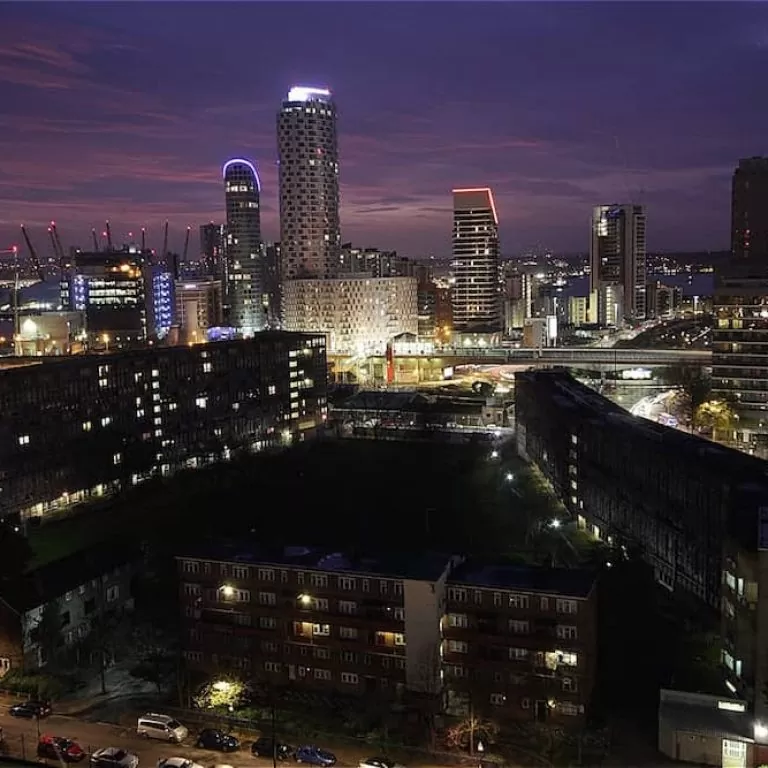
News Time-Lapse Trends: Day to Night – Part II
“Time-Lapse Trends” is a video blog series which draws attention to some of the many exciting trends in time-lapse production. We feature a new trend in each instalment, to demonstrate the scope of the medium and the various ways in which it is applied, ranging from the popular to the more obscure.
Perhaps one of the most popular trends in the world of time-lapse is tracking periods of day or night – or day to night. Having already covered day-time time-lapses, in this blog we take a look at how time-lapse is applied when documenting the transition from day to night in a single sequence.
We begin in the English countryside of Wiltshire for this classic example of the lovely narratives that can be made with the theme of day to night.
This work, created by James Lewis, was shot over the course of three months, resulting in over 6,000 photographs. It includes everything you might expect of a day to night time-lapse – sunrise, sunset, clouds, countryside, and night-time scenes.
With the intention of exploring “the relationship between light, motion and shape within nature” in this sequence, it is easy to see why time-lapse is utilised for this purpose; patterns of light are easily discerned, illuminating the changing landscape of the countryside.
Of course, with time-lapse, there is scope to play around with how time appears in any given sequence.
The work of Julian Tryba is pretty impressive in this regard. Rather than working within traditional boundaries of time, Tryba’s ‘layer-lapses’ work with the concept that there are a number of clocks in motion at once within one sequence.
“The result is a visual time dilation effect…” where day and night appear to be happening in Boston at the same time. The hours of editing required to create the multiple layers that make up a sequence like this are worth it for the incredible detail in the finished product.
As these examples so far have shown, creatively speaking, day to night has much to offer time-lapse photographers. For some projects, though, time-lapsing day and night may simply be a practicality of the job.
Major infrastructural works, for instance, can often take place during night-time hours as much as day-time so it is necessary to be prepared for changing lighting conditions.
As with this project at Birkenhead Rail Station, construction of a footbridge, a lift, and disabled access to platforms, took place over the course of two days and nights.
For a professional time-lapse company, it is essential that the camera system can be monitored and controlled remotely so that settings can be adjusted according to changes in the external environment, such as lighting.